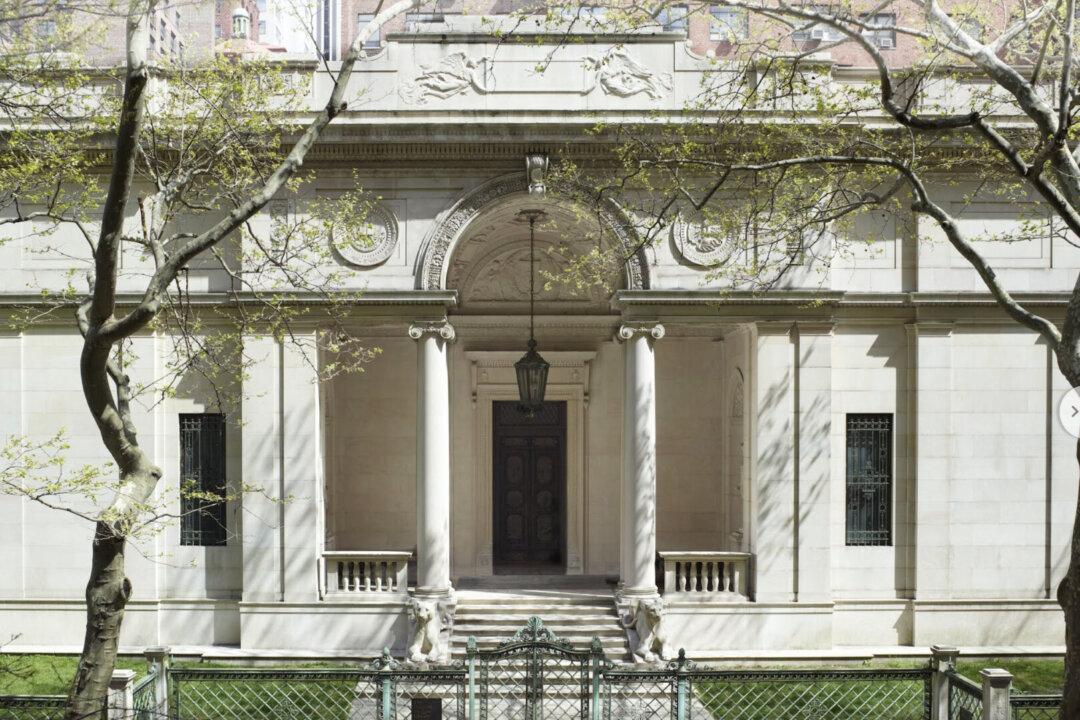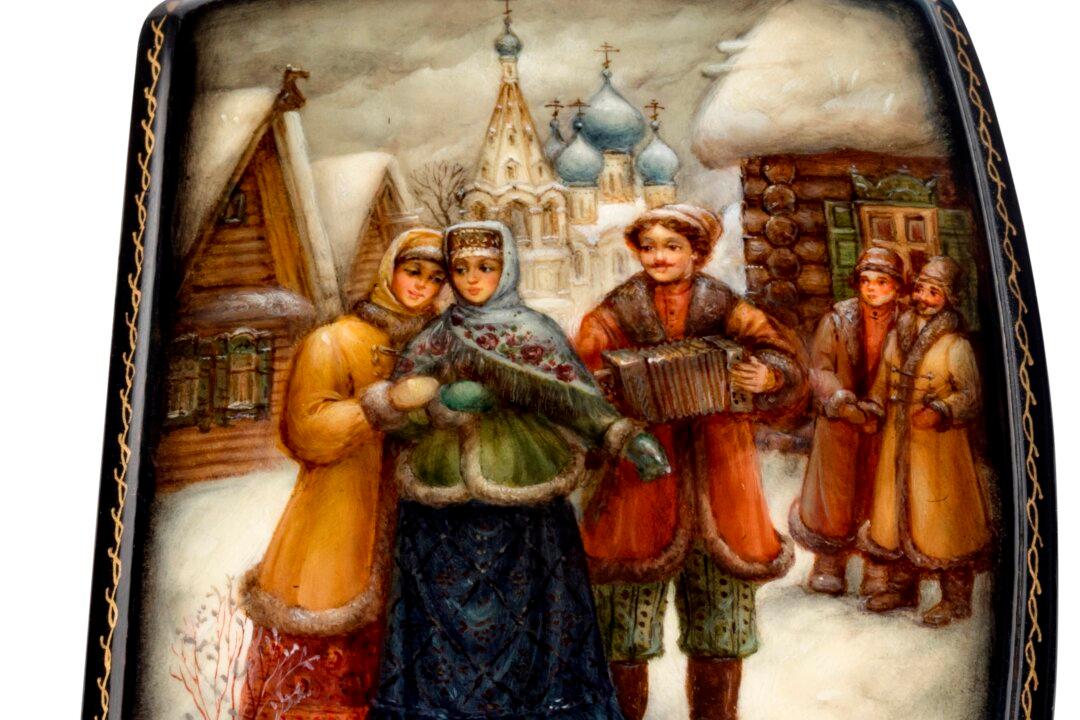During quarantine, I’ve found online exhibitions to be particularly inspirational. Classical culture continues to remind me that history and tradition are long and fortifying. Art imbued with beauty and righteousness has always carried humanity through the most trying times.
One such online exhibition is The Morgan Library & Museum’s “Explore J. Pierpont Morgan’s Library.” It illustrates the museum’s legacy through archival photography expounded upon with audios punctuated by recorded snippets by experts, some of whom are related to those who built the museum.





